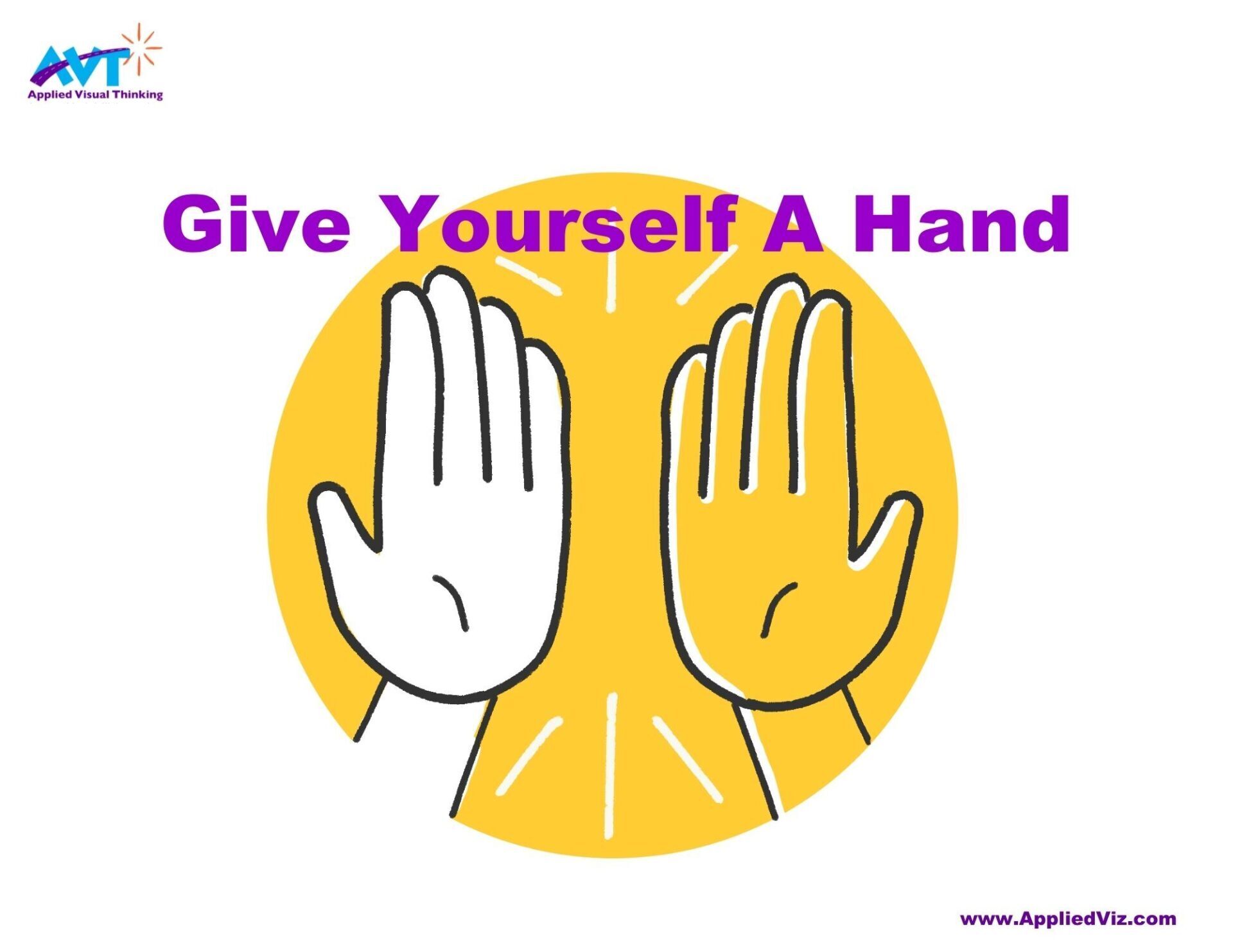Embrace the New
The Art of Applied Visual Thinking
I have loved books since I was big enough to know what books were. I grew up close to a library and was one of those kids who completed the summer reading list every summer. The library and the bookstore were my happy places. They still are. I'm poly-amorous, where books are concerned, often reading 4 or 5 different books simultaneously. My nightstand, end table, and the back of the toilet always had a small stack of books in the past.
Embrace the New

That changed a few months ago when I bought myself an e-reader for Christmas. Previously, I had believed that e-books were not significantly different from ordinary printed books, so why change? Second, I had resisted using an e-reader for a long time because reading something that wasn't paper and ink did not feel like reading. And lastly, I feared I may not retain as much information when I read something digital. Fast forward a couple of months, and now I'm hooked. My e-reader goes with me everywhere. I'm actually reading more than ever, enjoying it more, and I am expanding my learning in more areas faster than ever before.
What changed? My
beliefs.
When I changed my views about reading on digital devices, I opened up a whole new world. Along the way, I discovered many benefits of my little e-reader. For example, did you know some e-readers will read the book to you? Great for getting your reading done while you're busy doing other things. Some e-books let you read the footnotes and cross-references by clicking on a link embedded in the text. Making it much faster and easier to gain more insight on the subject. Or, if your device supports it, you can email PDFs to your e-reader. Great for keeping books, research, and notes all together in one place.
Embracing the new, be it technology, habits, processes, or behaviors, is easier when you start by examining your beliefs. Applying visual thinking can help you illuminate your thoughts and embrace the new.
Want to play along? Grab a pen, download this free template, and dive in.
- Step 1: Identify the new: In the center of your template, draw a simple icon to represent the new thing you want to consider and name it. One example might be trying new technology, such as using an e-reader. Examples of other new things might be creating or changing a habit, a process, or behavior. Not sure how to draw your new thing? A simple tip is to just draw a circle or a square and name it. Or take one minute to do an internet search with the name of your new thing + icon. Your inquiry will usually yield hundreds of ideas for you to try to draw.
- Step 2: Illustrate your old beliefs: On the left-hand side, jot down all the reasons why you believe this new thing may not be for you. For example, one of my old beliefs was I thought e-books were not significantly different from ordinary printed books, so why change.
- Step 3: Illuminate potential wins and gains: Put aside your old beliefs for a moment, and jot down one or two potential short-term wins on the right-hand side. For example, by using an e-reader, I could easily carry all my books with me wherever I go. Now dig deeper. Jot down as many reasons as you can why the new thing might be helpful. For example, reading the footnotes and cross-references is much simpler on digital books, which would deepen my understanding of the information. Emailing PDFs to my e-reader and storing them in collections could save tons of time and organize everything in one place. Reading a page or two from several different books would be easier since they would all be on the same device, etc.
Extra Credit: use icons, color, and hierarchy to show importance and add meaning to your thinking.
- Step 4: Let it percolate: Set the template aside for a while. When you return, notice if your beliefs have shifted, even a little. If yes, take the next step. Perhaps that's talking to a friend or colleague about their experience, researching options, or giving the new thing a test drive. If not, you might put your template away for a while longer and check your beliefs at a later date. Or make a decision. Is the new thing for you or not, or not right now?
Regardless of the outcome, thoughtfully examining your beliefs is a great way to practice visual thinking while better understanding yourself.
BONUS FREEBIE!
Recently Mark V, one of our AVT students, mentioned wanting to know more about drawing hands, so we've put together a PDF with a dozen of our favorites. You can find it here












